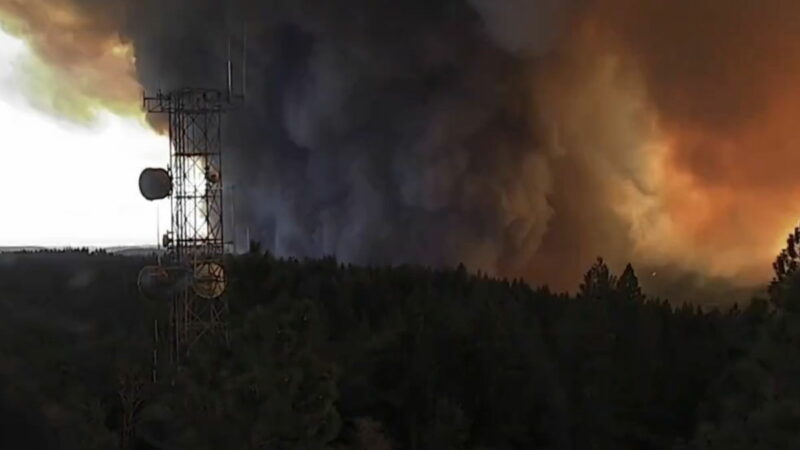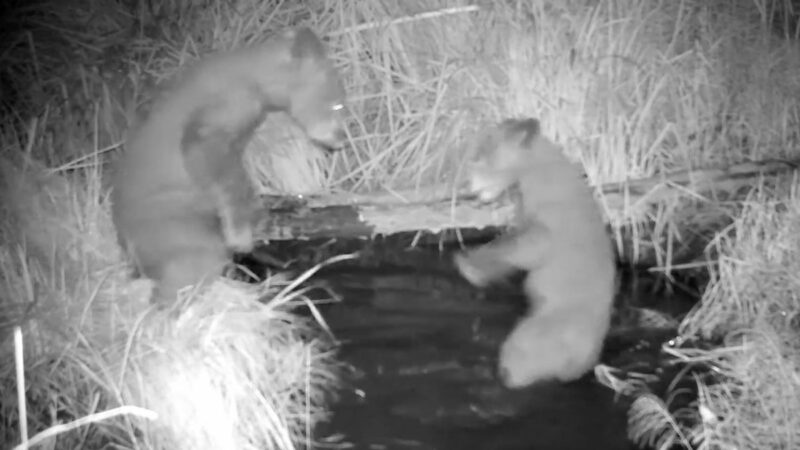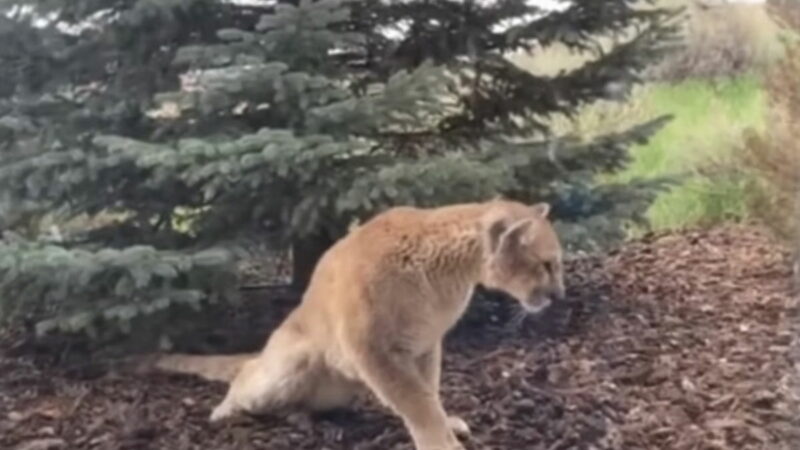Trekking vs. Hiking: What’s the Difference?
Trekking and hiking are both incredible activities that involve spending time walking in nature. Have you ever wondered if there was a difference between the two?
Videos by Outdoors
From serene forest trails to challenging mountainous terrains, both hiking and trekking offer a wonderful way to see the world. We’ve broken down the difference between the two terms, and we’ve got some tips and advice on how to get started.
Let’s dive in.
The Main Differences Between Trekking vs. Hiking
The terms ‘trekking and ‘hiking’ are often used interchangeably in the outdoors community. Their meanings can vary, however, and some generation distinctions are recognized by most adventurers.
Hiking is commonly associated with shorter trips, including day hiking trips or half-day trips. It is a popular recreational pastime that all ages and fitness levels can enjoy. It requires a few key pieces of equipment for maximum enjoyment, such as hiking shoes or a backpack.
Hiking, as a general rule, can refer to walks that follow hiking trails and pathways on a specific route. You can do multi-day hikes, too, but this usually involves coming back to a base camp each day.
Trekking can refer to a longer excursion with a start and finish point. It can be a more exploratory journey, sometimes crossing cultural or international boundaries, and it can often go off the beaten path.
A trek is a multiple-day expedition that requires some specific gear, such as trekking poles, a tent, and food supplies.
Intensity and Duration
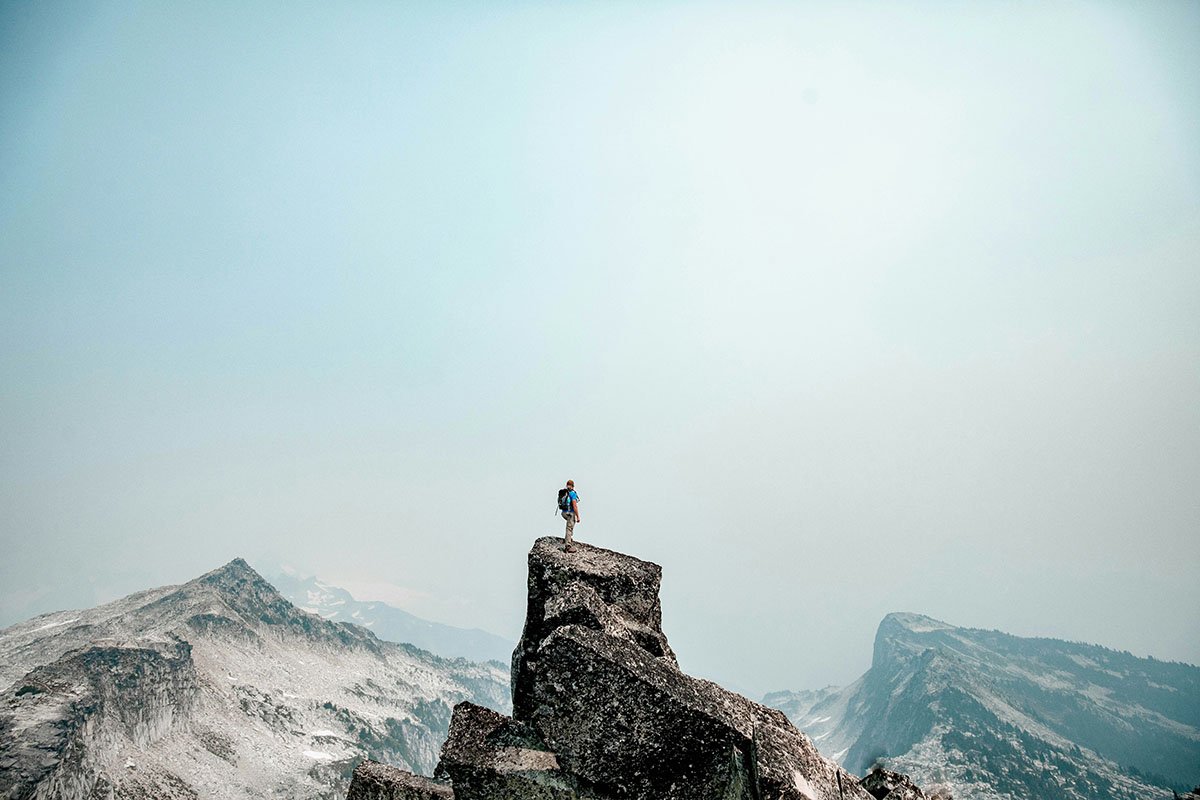
For a half-day or full-day hiking trip, the level of intensity will vary depending on the terrain and your chosen route. Simply because it takes less time overall, hiking is considered a less strenuous activity than trekking.
However, some hikes can be very strenuous, if you are traversing a mountain ridge or taking on several uphill sections or steep slopes throughout a day hike.
You can look up the intensity and duration of trails online, with user reviews and information available on the National Park Service website or websites such as AllTrails.
A trek implies a more extended journey that requires plenty of preparation, and it will often be a mental challenge as much as a physical one. You will likely be sleeping in a tent and carrying all your equipment from section to section.
Trekking requires a decent level of fitness and training. To complete an intense trekking adventure, you will need to work your way up from day hikes to overnight hikes before you tackle a longer trek. Treks might also take place in remote and wild places across rocky terrain, far from civilization.
Terrain
Hiking can be enjoyed anywhere in the world. Using just your own two feet, you will explore forests, mountains, and desert landscapes, covering a variety of different terrains.
Some hikes will feature several different terrains at once, with flat or hilly sections throughout. A hiking trail will guide you from start to finish.
Most treks involve sections of trail but also some off-trail exploration. You might need to navigate the best route by yourself if you find yourself in unknown areas of remote wilderness.
What are the Health Benefits of Hiking and Trekking?
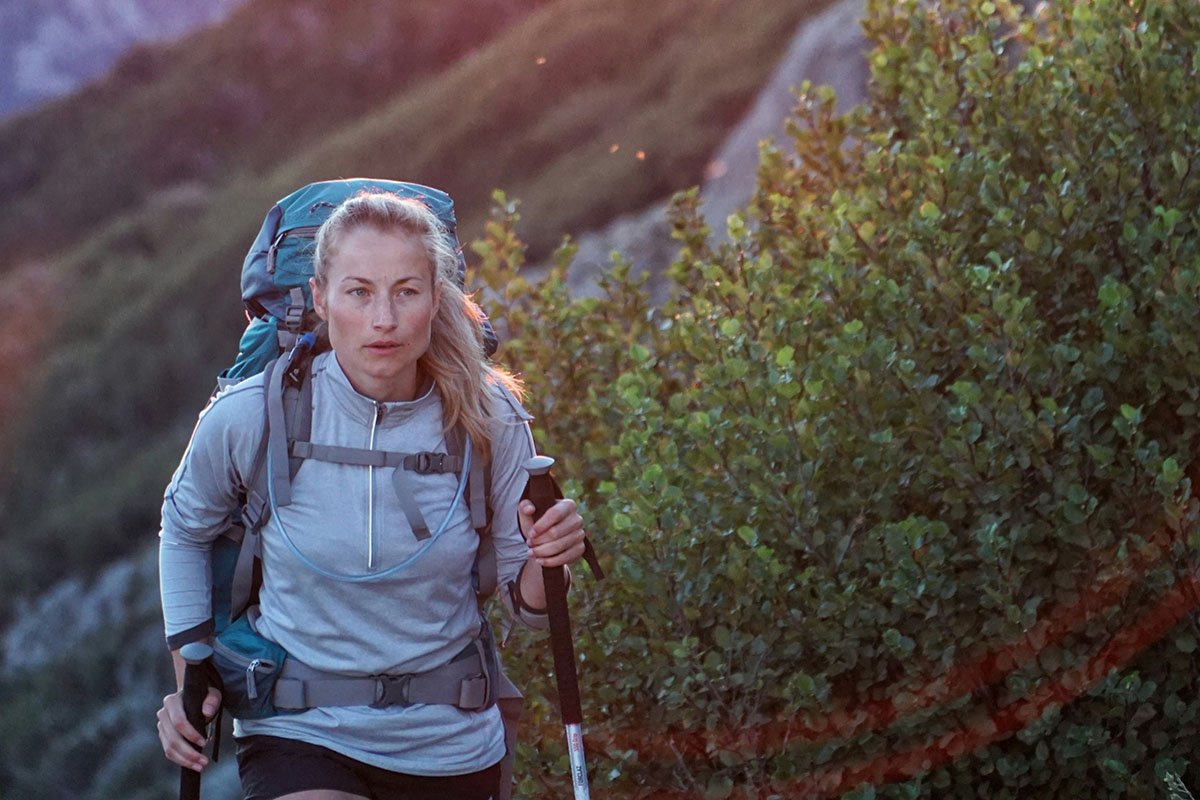
Both activities offer health benefits which can have positive impacts on your life.
Long periods of continued physical activity that raise your heart rate will improve cardiovascular health. It can also help you stay in shape or lose weight since aerobic exercise burns calories, which helps you maintain your fitness goals.
Walking for long periods across uphill and downhill terrains can strengthen key muscle groups, such as the legs, calves, and core. Buy a hiking watch or fitness tracker to monitor your statistics and measure your goals on hikes or treks.
Fresh air and exercise can also work wonders for your mental health, and the feeling of accomplishment after completing a challenging hike or an adventurous trek will be a memory you cherish for a long time. Spending time in nature has been linked to reduced stress levels and improved well-being.
Tips for Beginners
If you are new to hiking and trekking, start with well-marked trails that are easy to navigate. As you gain more experience and increase your fitness level, you can tackle longer hikes or multi-day treks.
Check the level of difficulty rating of the route before you head off, and make note of how many hours the hike is supposed to take and your return time. Always let someone know where you are going, or go hiking or trekking with a friend.
Always bring a good supply of water and snacks that will last the length of the excursion. You will also need to carry a backup for navigation, such as a map or a hiking compass, in case you lose cell reception. It’s a good idea to pack a first aid kit, too.
Minimize your impact on the environment by picking up trash as you go and following Leave No Trace principles. Respect wildlife and plant life as you explore, and it’s a good idea to be familiar with the region’s local species. Avoid feeding any animals you come across.
Familiarize yourself with basic navigation skills, such as reading a map and using a compass. This knowledge can be crucial, especially on less-traveled trails or in areas with poor cell reception.
Hiking Equipment and Gear
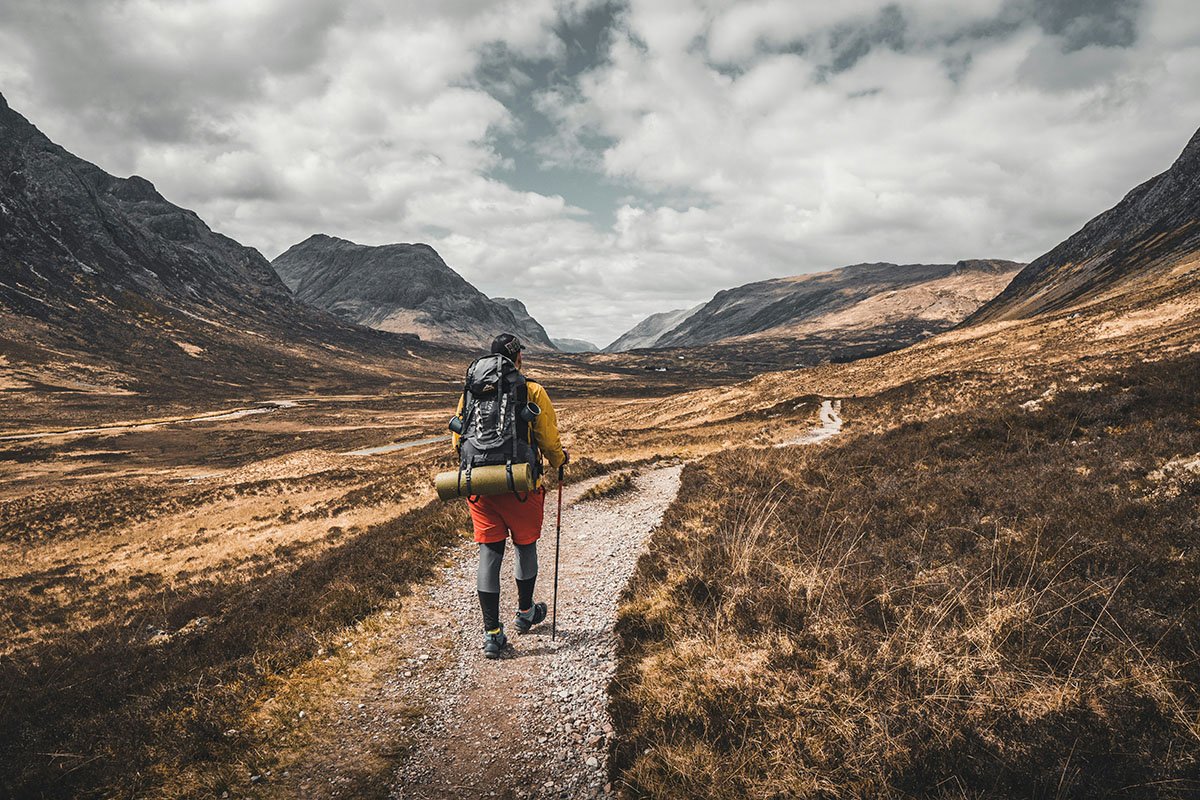
Purchasing good quality hiking gear will help you get the most out of your hiking adventures.
Depending on the weather conditions you are planning to hike in, you will want to add a good selection of hiking shirts, hats, sunglasses, and shorts to your closet. You will want to invest in some weather-protective clothing, which has waterproof, breathable, and quick-drying properties.
For cold-weather hiking, you will need to buy warm and protective clothing that retains heat and keeps you warm.
Owning the correct footwear is essential for hiking. You can choose good hiking boots or hiking shoes, depending on the length and duration of your hike. Both options offer great support to your feet over mixed terrains and will offer protective waterproof qualities.
You will also want to invest in a decent hiking backpack, as you will need to carry food, water, and other essentials with you. A well-fitted backpack can make a significant difference in your overall comfort.
Find more day hiking essentials.
Trekking Equipment and Gear
For trekking over multiple days, additional specialized equipment is required to make sure you are comfortable for extended periods in unfamiliar environments.
You will need to carry a backpacking tent with you to sleep in, so it’s wise to choose one that will offer enough space for you and your gear. It should be light enough for you to carry from section to section.
Your tent will be your shelter throughout the journey, so it should offer adequate protection from wind and rain. A good sleeping bag will be your best friend in the evenings, so you will want to find a sleeping bag that is lightweight, easy to pack, and extra cozy for sleeping through the night.
Food, cooking gear, and water containers are other important considerations to make for multi-day treks, especially to far-flung locations with no amenities. Pack a power bank so your devices can stay charged up along the way.
A good pair of comfortable and sturdy hiking boots will be an essential piece of gear, as you will spend all day walking between sections.
If you are trekking through colder conditions, be sure to invest in some good warm clothing and protective gear. It might also be worth packing a survival kit, including a multi-tool.
For trekking adventures across uneven terrain, consider using trekking poles or walking poles to assist you over tricky passages along the way.
Recommended Hikes
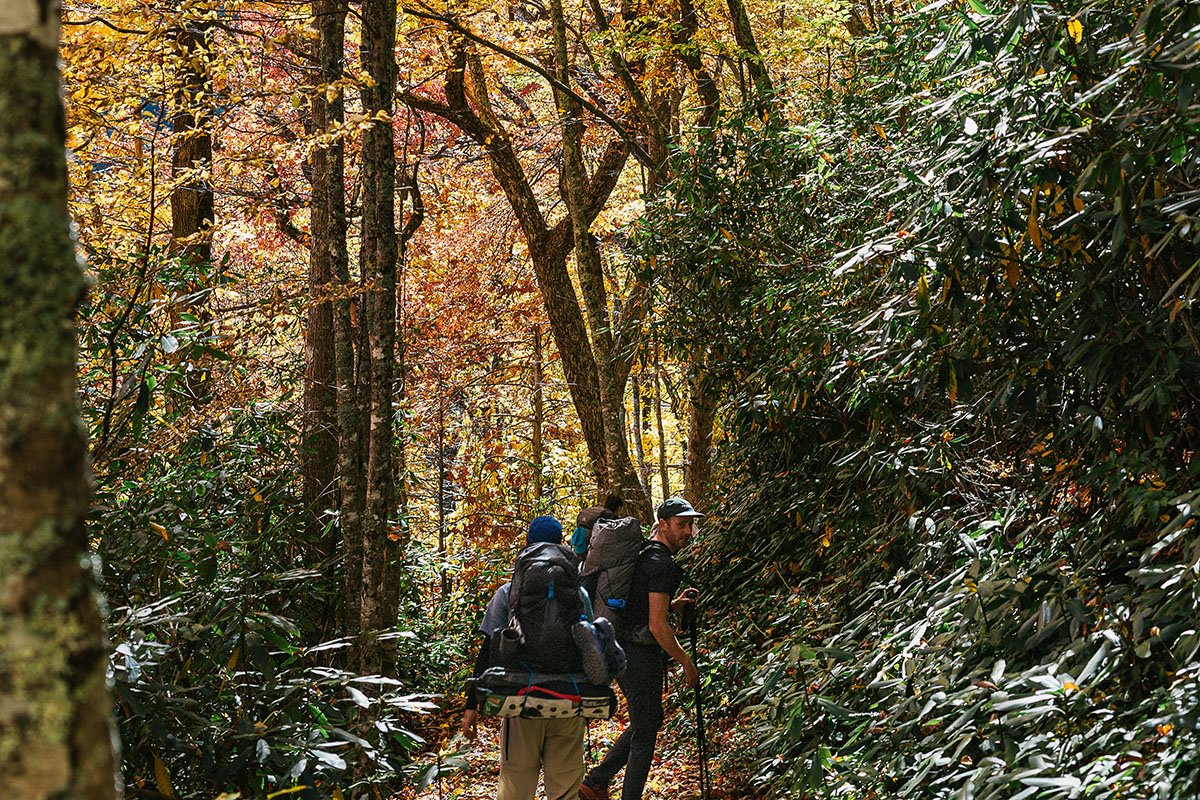
Hiking in the great outdoors is one of the best ways to spend your time. It allows you to explore the world with just your own two feet, and you’ll witness some incredible natural spectacles along the way.
In the United States, why not explore some of the amazing corners of America’s National Parks? There are plenty of short and long hikes to discover through iconic landscapes.
Discover the best hikes in the Great Smoky Mountains or 7 best hikes in Big Bend National Park.
Recommended Treks
Start making plans for an unforgettable multiple-day trek, and tick an iconic adventure off your bucket list. A trek to some of the world’s most stunning places will be an experience you never forget.
The Grand Canyon Rim-to-Rim trek is a challenging adventure that takes you from one side of Arizona’s vast canyon to the other. Or, traverse through the John Muir Way and see the beautiful wilderness of the Sierra Nevada mountains in California.
Other famous treks around the world include The West Highland Way in Scotland, the Inca Trail in Peru, and the Tour du Mont Blanc in Western Europe.




